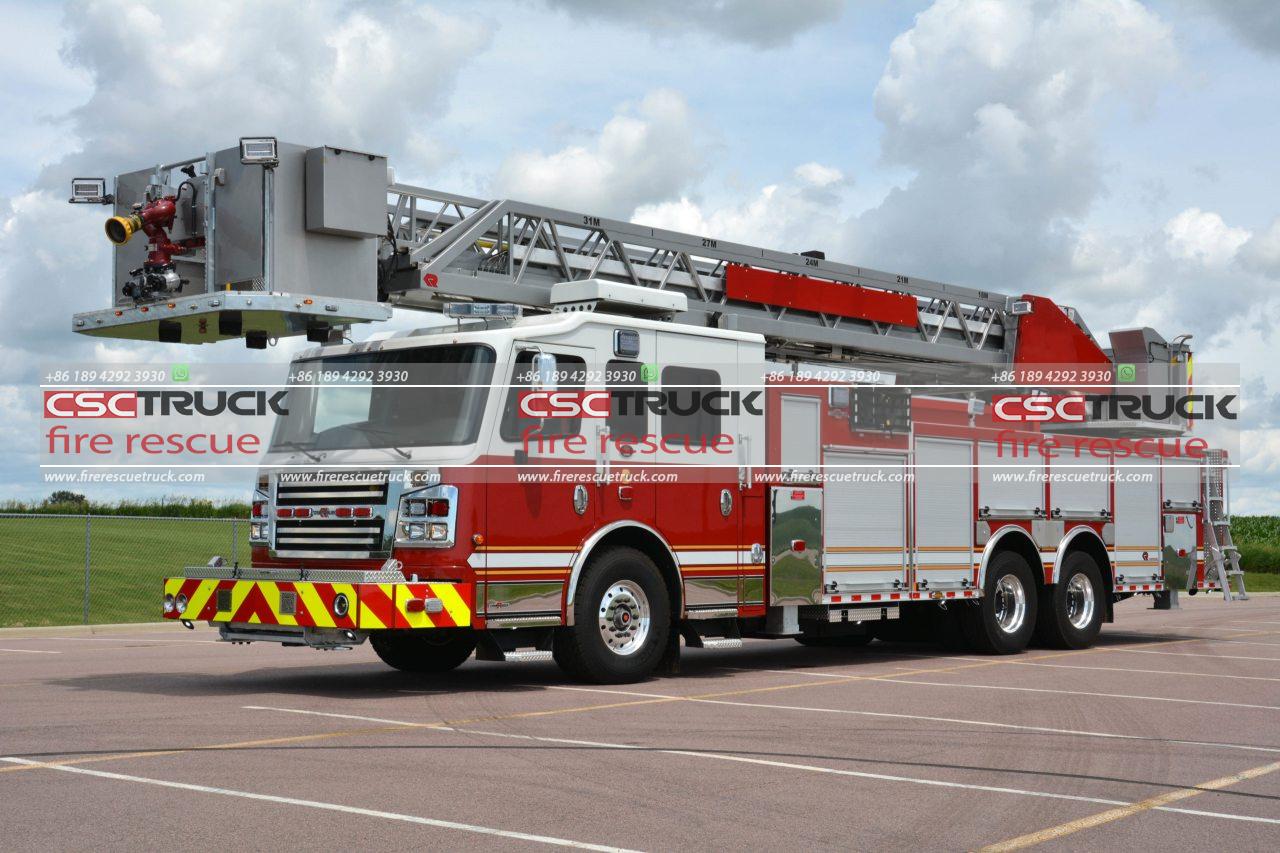Fire trucks, also known as fire engines or fire apparatus, are essential vehicles in any firefighting fleet. These powerful machines are designed to respond swiftly to emergencies and carry out critical rescue and fire suppression operations. One of the common questions that often arises about fire trucks is, “What is their top speed?” Understanding the capabilities and limitations of these vehicles is crucial for both firefighters and the general public. In this article, we delve into the intricacies of fire truck design, operational requirements, and factors influencing their top speed.
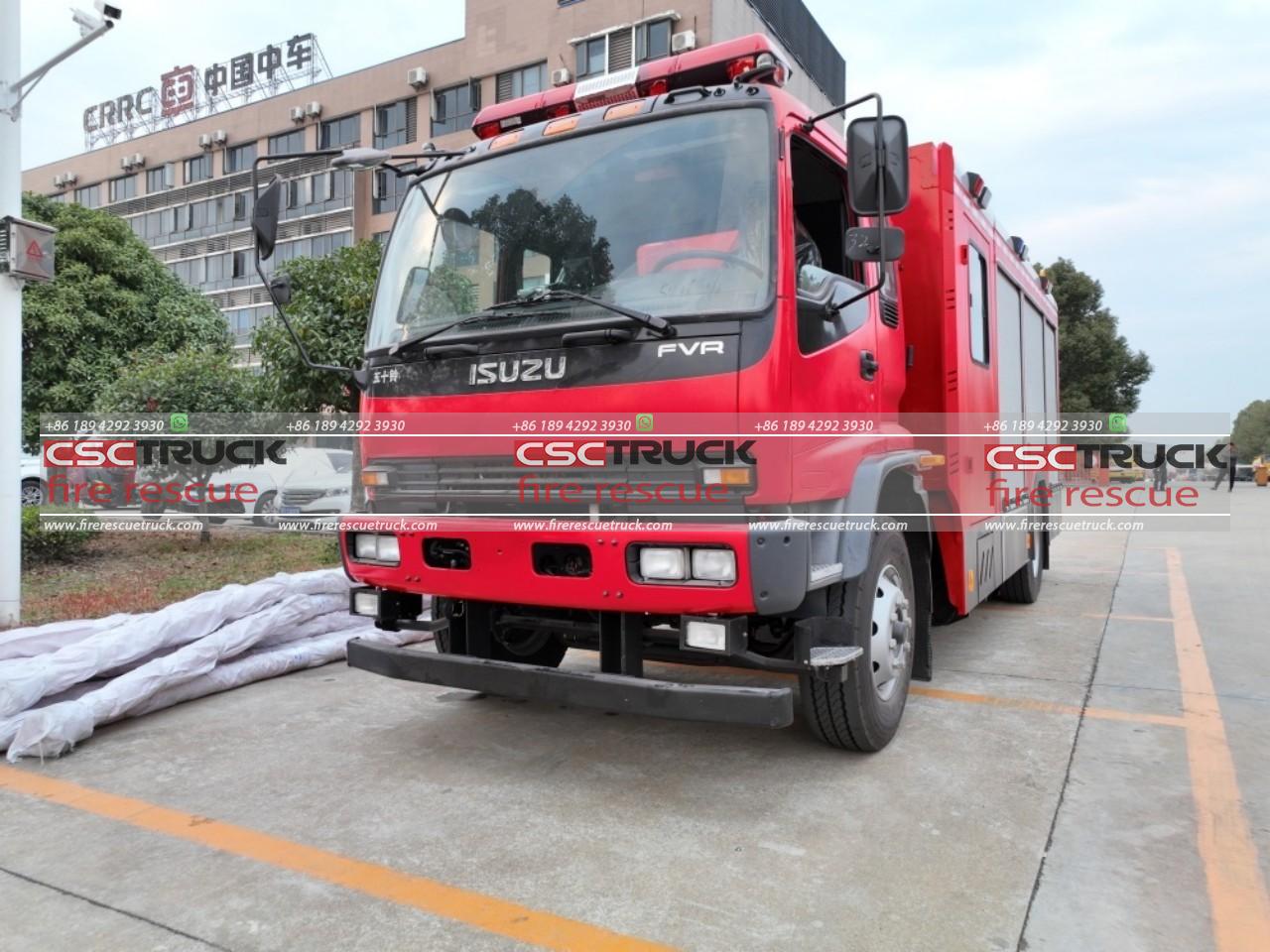
The Nature of Fire Truck Operations:
Fire trucks play a pivotal role in emergency response scenarios, ranging from extinguishing fires to conducting rescue missions. They are meticulously engineered to accommodate various firefighting equipment, including hoses, water pumps, ladders, and specialized tools. Moreover, they are equipped with water tanks and sometimes foam tanks to supply the necessary agents for firefighting.
In addition to firefighting tasks, fire trucks are often called upon to navigate through congested urban areas, negotiate tight corners, and reach locations with limited access. Hence, agility and maneuverability are as crucial as speed in the design and operation of fire trucks. Furthermore, these vehicles are expected to carry a considerable payload of equipment and personnel, which can affect their speed and handling.
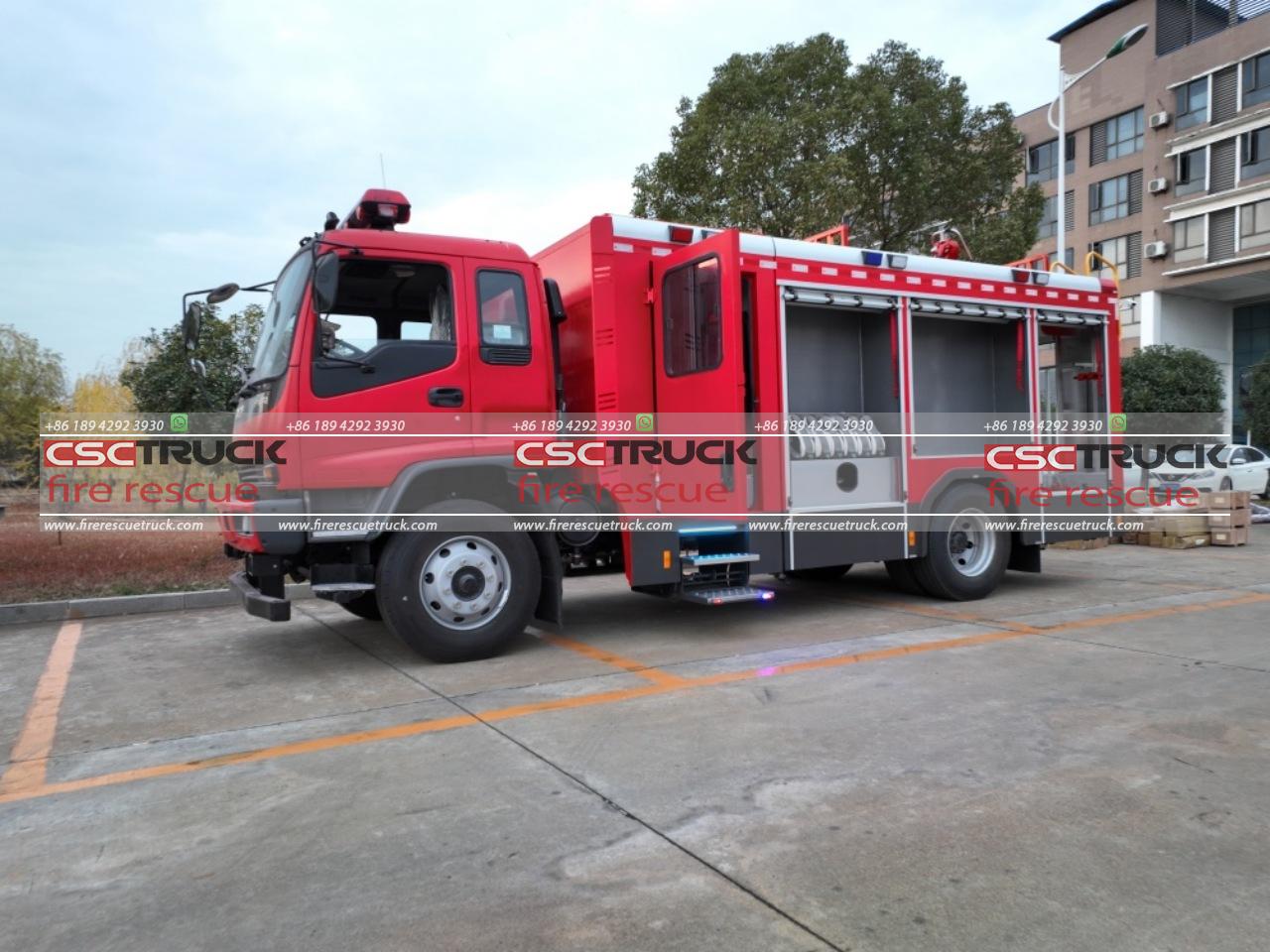
Factors Influencing Top Speed:
Several factors influence the top speed of a fire truck, including:
1. Weight and Payload: The weight of the vehicle itself, along with the equipment and water it carries, impacts its acceleration and maximum speed directly. Fire trucks are typically heavy due to the specialized equipment they carry, which can hinder their speed compared to lighter vehicles.
2. Engine Power: The engine is the heart of any vehicle, and fire trucks are no exception. The power output of the engine determines how quickly the truck can accelerate and maintain higher speeds. Most modern fire trucks are equipped with powerful engines to meet the demands of emergency response operations.
3. Transmission and Gear Ratios: The transmission system of a fire truck, along with its gear ratios, plays a significant role in translating engine power into vehicle speed. Optimized transmission systems allow for efficient power delivery across various driving conditions, contributing to the overall performance of the truck.
4. Aerodynamics: While not typically a primary consideration in fire truck design, aerodynamics can still influence the vehicle’s top speed. Streamlined designs reduce air resistance, enabling higher speeds with less engine power. However, the bulky and utilitarian nature of fire trucks often prioritizes functionality over aerodynamic efficiency.
5. Terrain and Road Conditions: The topography of the area where the fire truck operates, as well as the condition of roads and surfaces, can affect its speed. Rough terrain, steep inclines, or poorly maintained roads may limit the truck’s ability to reach its maximum speed safely.
6. Safety Considerations: Safety is paramount in firefighting operations, and fire truck manufacturers often impose speed limits to ensure the safety of both occupants and bystanders. High-speed maneuvers pose risks, especially when responding to emergencies in crowded urban environments.
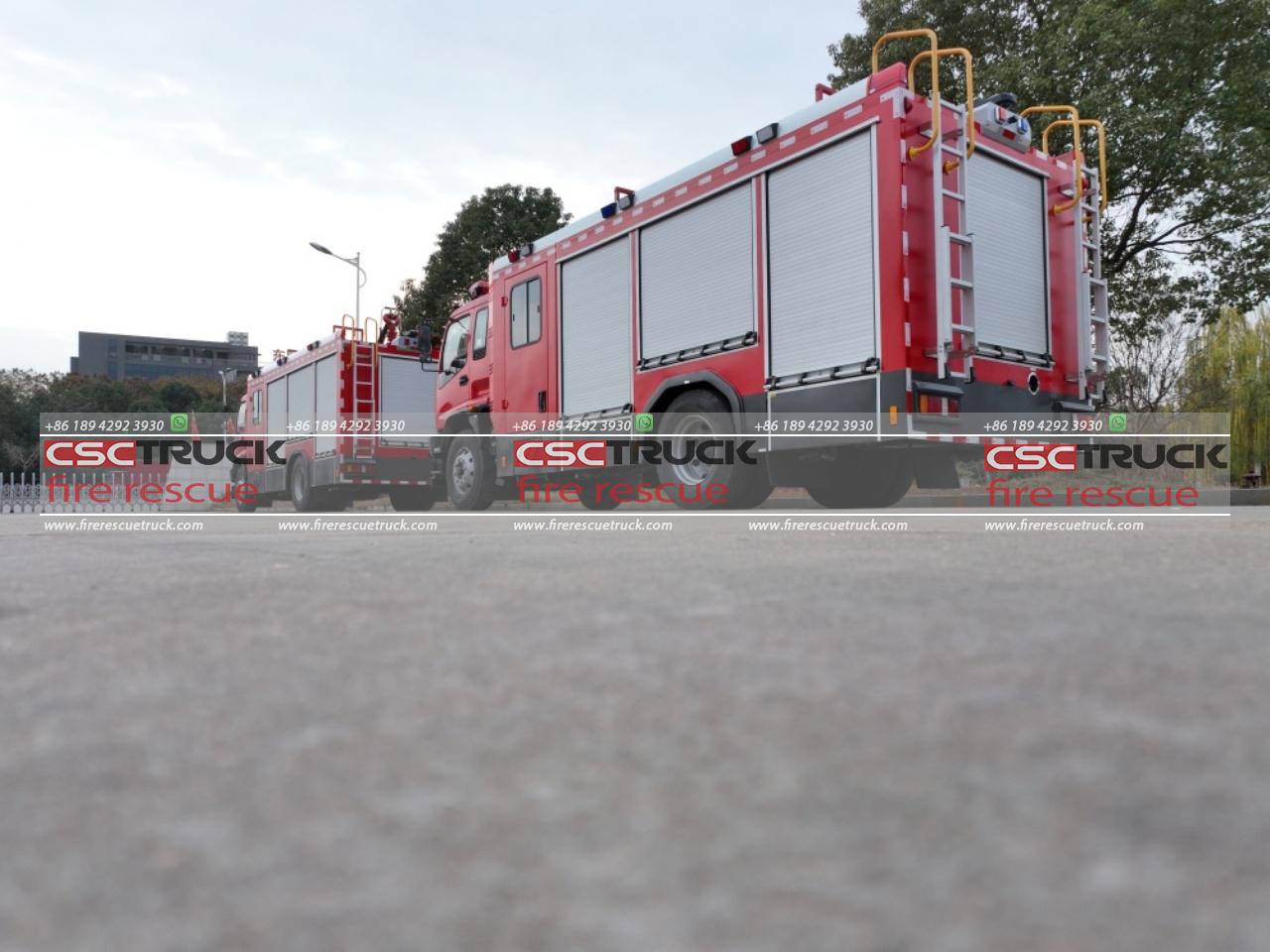
Typical Top Speeds:
While specific top speeds can vary depending on the make and model of the fire truck, as well as other factors mentioned above, most modern fire trucks are capable of reaching speeds ranging from 60 to 70 miles per hour (mph) on open roads. However, it’s essential to note that this speed is rarely achieved during emergency response situations.
In urban environments, where traffic congestion and narrow streets are common, fire trucks typically operate at lower speeds. Maneuverability and safety take precedence over raw speed when navigating through densely populated areas. Moreover, emergency responders must adhere to traffic regulations and exercise caution to avoid accidents or collisions.
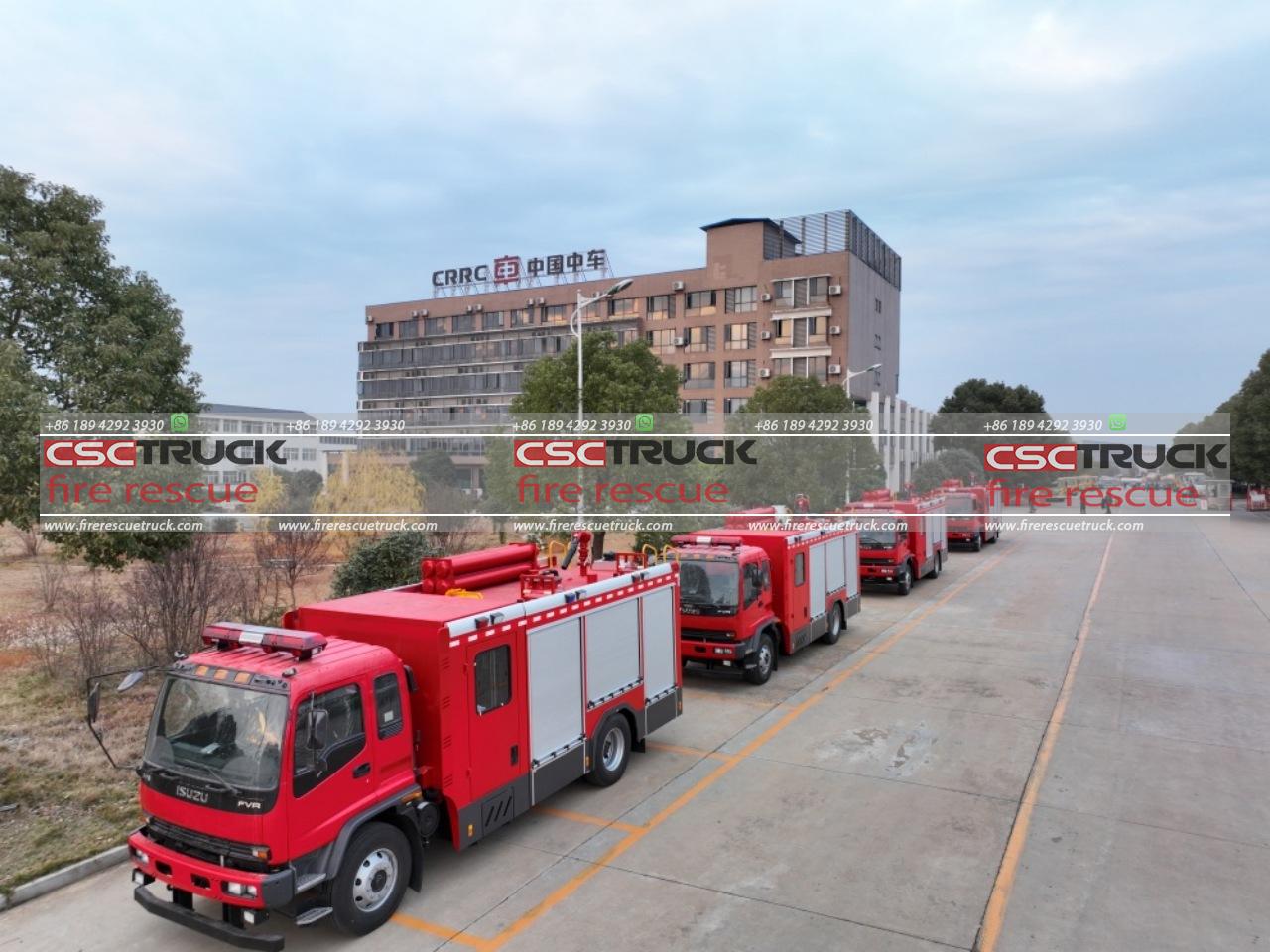
Conclusion:
The top speed of a fire truck is a crucial aspect of its design and operational capability. While these vehicles are engineered for speed and agility, their primary focus remains on effective firefighting and rescue operations. Various factors, including weight, engine power, transmission, and safety considerations, influence the maximum speed that a fire truck can attain.
Understanding the limitations and capabilities of fire trucks is essential for firefighters, emergency responders, and the general public alike. By recognizing the factors that impact their top speed, we can ensure that these vital vehicles fulfill their critical role in safeguarding lives and property during emergencies.







